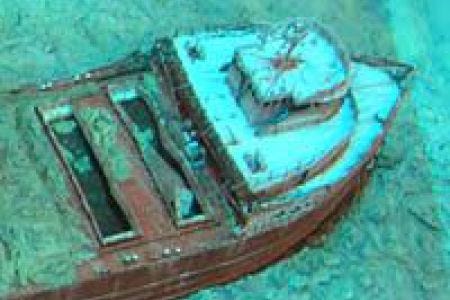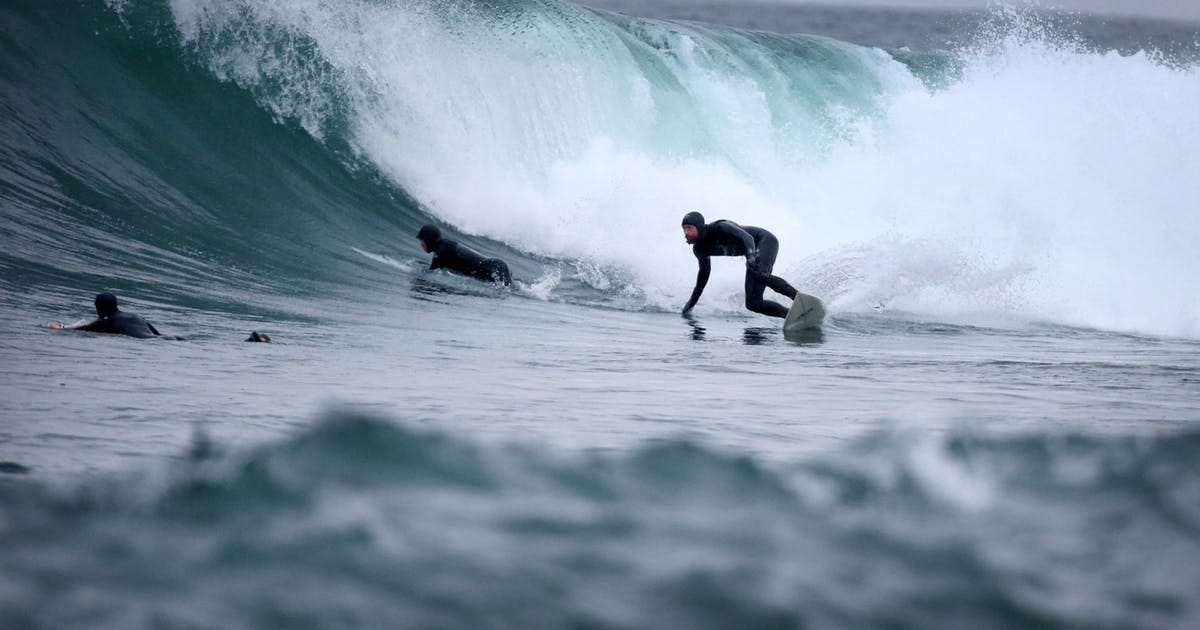Introduction
Scott Adams popularized the idea of a skill (aka talent) stack in his book “How to Fail at Everything and Still Win Big.” It’s hard to become the very best at one thing. Very few people get into the NBA, NFL, or PGA tour. But it’s possible to combine a pretty good golf game, conversation skills, and knowledge of persuasion and psychology to launch a successful sales career. Adams could barely draw and had no idea how to actually color his cartoons when he began his career as a cartoonist. He argued that a willingness to take risks and an inability to be embarrassed by having your mistakes revealed in public, combined with solid (but not great) abilities in several skills that work well together, goes a very long way towards success.

Expeditionary Skill Stacks
Can the same idea be applied to expedition success? The Oxford dictionary defined an expedition as follows:
A journey undertaken by a group of men with a particular purpose, especially that of exploration, research, or war.
Oxford English Dictionary
So expedition success can be measured as newly discovered lands, important scientific discoveries, or military victory.

But what if we limit our focus to light expeditions, short journeys that let us venture into pristine, beautiful, wilderness spaces? What travel skills get us there, keep us (mostly) comfortable and well fed along the way, and get us safely back?
Can we build an expeditionary skill stack that might not get us to the top of Mount Everest, but does get us to exquisitely beautiful and private spaces that we can briefly own?

The answer is yes. Consider the best expeditionary YouTubers: what do they have in common? They combine multiple skills to get them to remote wilderness spaces most people could not possibly reach.
RoKKiT KiT: Australian Catch and Cook
RoKKiT KiT combines small boat skills; an understanding of local weather, navigation, and islands; and fishing/spearing plus cooking skills to execute multi-day trips to deserted barrier islands in Australia. RoKKiT KiT also records his trips via GoPro and then posts the edited video to his YouTube channel. As of May 2021, his relaxed, engaging, you-are-there dialogue and beautiful locales have led to 343,000 subscribers.

The Baird Brothers: Canadian Wilderness Experts
Similarly, Jim Baird combines whitewater canoeing, bushcraft (including camping, cooking, and survival skills), and videography and editing to create and record his unique journeys in Canada’s wild North country. His brother Ted Baird is also highly accomplished in bushcraft and wilderness travel and has his own YouTube channel.

A Latter Day Viking Sailor
Expeditionary sailors like Erik Aandrea bring core sailing skills but up their game in navigation, heavy weather training, automation, and safety to achieve extraordinary sailing journeys within modest means. Erik has sailed the North Sea during winter numerous times, and recently completed a circumnavigation of the Norwegian Sea.
Building Your Own Expeditionary Skill Stack
Here’s an introduction to how to evaluate the best skills for expeditionary travel. First, you need a travel mode. Sailing, canoeing, boating, hiking, and climbing are excellent choices. Sailing in particular gives you tremendous mobility in open water without the need to constantly re-fuel (assuming you can wait out the slow or no wind days). Canoeing provides excellent flexibility including the ability to traverse lakes, rivers, and short stretches of land (known as portages). Canoes can also traverse highly technical whitewater rapids while carrying a ton of gear. And with canoes, you can always portage around falls and rapids to difficult to cross.

Once you’ve chose a travel mode, you need to learn basic camping skills. How to set up a tent and tarp for shelter, how to choose the right location for camp, cooking meals, avoiding bear encounters, getting water, lighting a fire, and more. Strong camping skills allows you extended stays and multiple day trips to remote spaces. The basics are relatively easy to learn, and the quality of camping gear in general has increased exponentially in the last 3 or 4 decades.
You Can Travel, Camp, and Cook. What’s Next?
Now you can move about in the wilderness and stay for extended periods of time via basic camping and cooking skills. What’s the next skill you should considering adding to your stack?
The next most important skill is judgement based on experience. My advice is to do multiple trips that feel comfortable to you based on your skills. This gives you a chance to experience adverse conditions, including weather, bugs, and gear failures, under controlled conditions. As your experience grows, you can start increasing the length (number of days) of your trips. You can go to more remote places and push the envelope on the level of whitewater rapids while canoeing or storm levels while sailing. Do this gradually and don’t get cocky, but be willing to push the envelope somewhat as you gain experience.
Food and Aesthetics
Once you’ve built up experience and can routinely travel where most people cannot, what’s next? My suggestion is to learn photography and videography. Modern GoPro cameras and drones are inexpensive and when combined with simple video editing tools the allow you to create high-quality videos of your trips that you can share with friends and family on social media.
As you gain more experience cooking outdoors, you can build up your repertoire of possible meals. Portable refrigeration is becoming lighter and more mobile so that for short, 3 to 4 day trips, you can cook almost as you do at home with similar ingredients. Beyond 4 to 5 days, you need to dehydrate meat and other perishables to reduce weight and increase wilderness “shelf” life. For short trips, grilling is ideal because it is quick, can leverage campfires, and results in fewer dishes to clean up afterwards.

Conclusion
An expeditionary skill stack is a force multiplier. You can go farther than 90% of the sailors, canoeists, and backpackers who strictly focus on their own specialty. Adding more skills to help you safely navigate and traverse remote wilderness areas means you get more solitude and can experience nature’s beauty without the noise, ugliness, and distractions of modernity.
To learn more about light expeditions and expeditionary travel, here are some previous blog posts you might find useful:






































